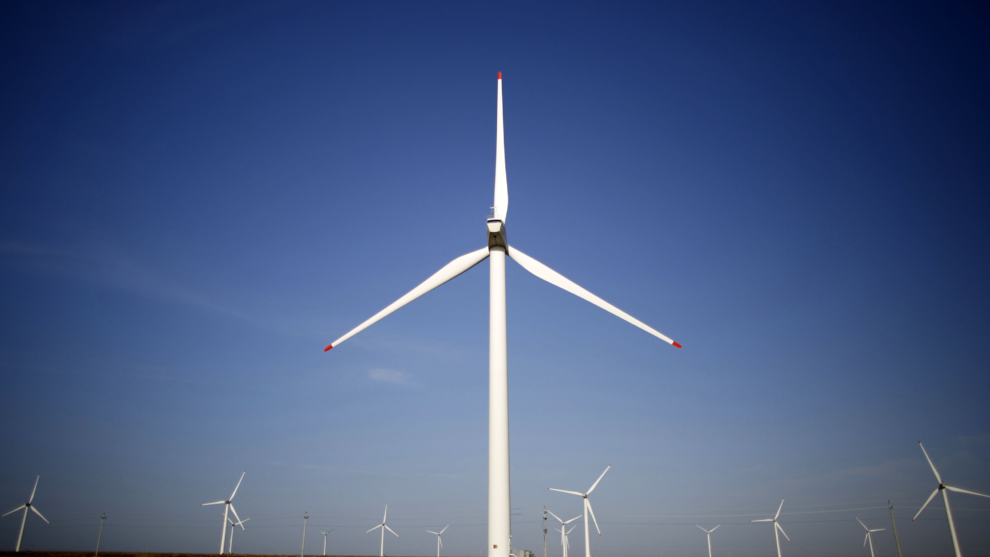Countries have tussled over the potential profits to be had by fishing and drilling for oil in the South China Sea, but a newer industry is emerging in the disputed waters: clean technology.
Renewable energy and rare earths represent untapped business opportunities in the sea, according to analysts who say countries must get out in front of possible clashes to share the resources. Chinese companies have installed wind farms in the South China Sea and are exploring metals vital to electric cars, solar panels and other green-transition products.
“We’re seeing enormous potential for offshore wind in the South China Sea, but it’s not a panacea,” Canadian Ambassador to Vietnam Shawn Steil said last week at Vietnam’s annual forum about the waterway.
Thanks to the region’s monsoons, researchers from the Canadian Center of Science and Education, Guangdong Ocean University and other institutions are finding abundant wind levels over the sea, especially in winter.
Vietnam, the Philippines, Malaysia and China have conflicting claims to the South China Sea. The latter two countries are leaders in rare-earth refining, including along the sea. Lynas, an Australian company, has a plant in Malaysia for this purpose.
Amid global concern that demand for rare minerals might outstrip supply, more companies are turning to controversial sources under the ocean floor. Two of these—China Minmetals and China Ocean Mineral Resources Research and Development Association—have experience in seabeds farther afield and recently embarked on surveying expeditions in the South China Sea, according to an investigation by The Washington Post last month.
With 72% of the world’s oceans resting outside of nations’ economic zones, there is a need to discuss how to share the “common heritage” of the “one global ocean,” University of Petroleum and Energy Studies professor Aswani Dravid said.
In the rush for battery metals and other products, she predicted increased marine harm and geopolitical tensions in the South China Sea.
“Nonstate actors would be competing sometimes even with nation-states because most of these commodity traders in the rare-earth segment are richer than the nation-states in the region,” she said at the South China Sea forum in Ho Chi Minh City.
Rare earths have potential, but the region needs new mining tech, “huge” investments, knowledge sharing and regulation, she added.
Dravid pointed to clean energy as a model of multicountry cooperation. Singapore’s Sembcorp said it will import wind power from PetroVietnam, one of a few businesses clinching deals last week to send energy to the island nation, including from PT PLN of Indonesia and Gentari of Malaysia.
Several companies have begun erecting wind turbines in the South China Sea, most recently China National Offshore Oil Co. (CNOOC), 136 kilometers from southern Hainan island.
“The company has made the most out of our intrinsic comparative advantages and China’s leading wind power technologies,” chairman Wang Dongjin said in a statement. “It also marks an important step forward for the company to tap offshore green energy resources.”
As deep sea turbines multiply in international waters, governments must agree on “safety zones” around them that might, for example, allow coast guard officers to arrest crews of ships that get too close, University of Wollongong lecturer Dawoon Jung said.
“There is a need to balance confidence between the coastal states’ right to develop offshore wind farms and other states’ navigation rights,” she said.
Source : KrASIA































